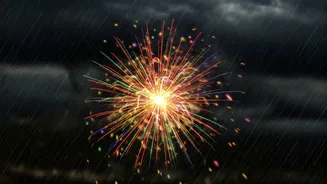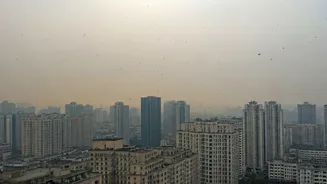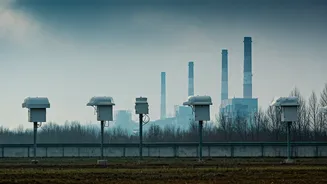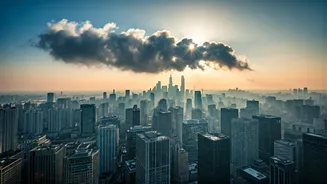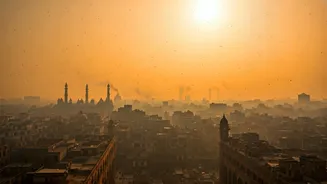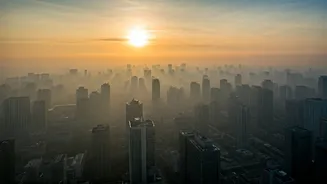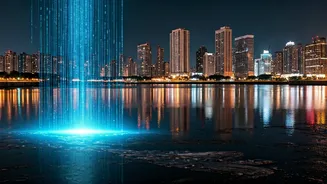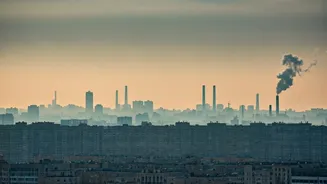Toxic Air Emissions
Firecrackers, commonly associated with celebrations, unfortunately release a variety of harmful substances into the atmosphere. The composition of these
substances includes various chemicals that, upon combustion, transform into airborne pollutants. When firecrackers explode, they don't simply vanish; instead, they leave behind a cocktail of particles and gases, some of which are known to be detrimental to human health and the environment. These pollutants are not just an aesthetic nuisance; they can significantly degrade air quality, impacting respiratory health and contributing to environmental degradation. The precise makeup of these emissions can vary based on the type of firecracker and its chemical composition. The released pollutants can also react with other atmospheric components, generating secondary pollutants that add to the overall environmental burden.
Rain's Interaction
The interaction of these firecracker emissions with rain introduces another layer of complexity. Rain, in this context, acts as a solvent and a medium for atmospheric particles. As rain falls through the air containing firecracker-related pollutants, it can capture and concentrate these harmful substances. Instead of simply dispersing, the pollutants are potentially brought down closer to the ground, increasing the local concentration and exposure levels. This process is particularly significant because it transforms airborne pollutants into ground-level risks, possibly affecting water sources and increasing the risk to humans and animals. This concentration effect is especially concerning in areas with poor ventilation, where pollutants could persist and increase the potential for adverse effects on human health.
Increased Toxicity Potential
Theoretically, under rainy conditions, the localized concentration of pollutants could intensify the toxicity levels. When rain washes down the firecracker byproducts, it means that the affected area would have a higher density of these harmful components. This could result in a more immediate and concentrated exposure for people and animals. The increased concentration elevates the risks associated with inhalation, skin contact, or ingestion of contaminated water. The extent of the increased toxicity is determined by various factors, including the intensity of the rainfall, the volume of firecrackers being used, and the existing level of pollutants in the environment. Therefore, understanding this interaction is critical for evaluating the complete health impacts from firecracker emissions during wet weather conditions.
Environmental Implications
The environmental implications of bursting firecrackers in the rain extend beyond immediate health risks. The substances released contribute to broader environmental concerns, including air and water pollution. Pollutants could seep into soil and contaminate water bodies. When the toxins settle on the ground, they can harm plants and contaminate the soil. This poses a threat to ecosystems and disrupts the balance of the environment. Over time, the repeated use of firecrackers in wet weather might lead to chronic pollution problems, reducing the air and water quality. Addressing these issues will require a comprehensive approach, including responsible usage, strict regulation of firecracker composition, and raising public awareness about their environmental consequences.
